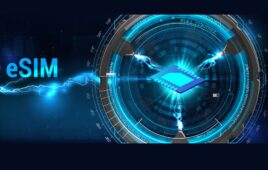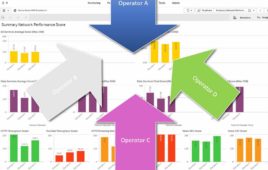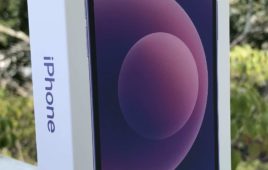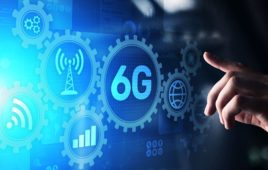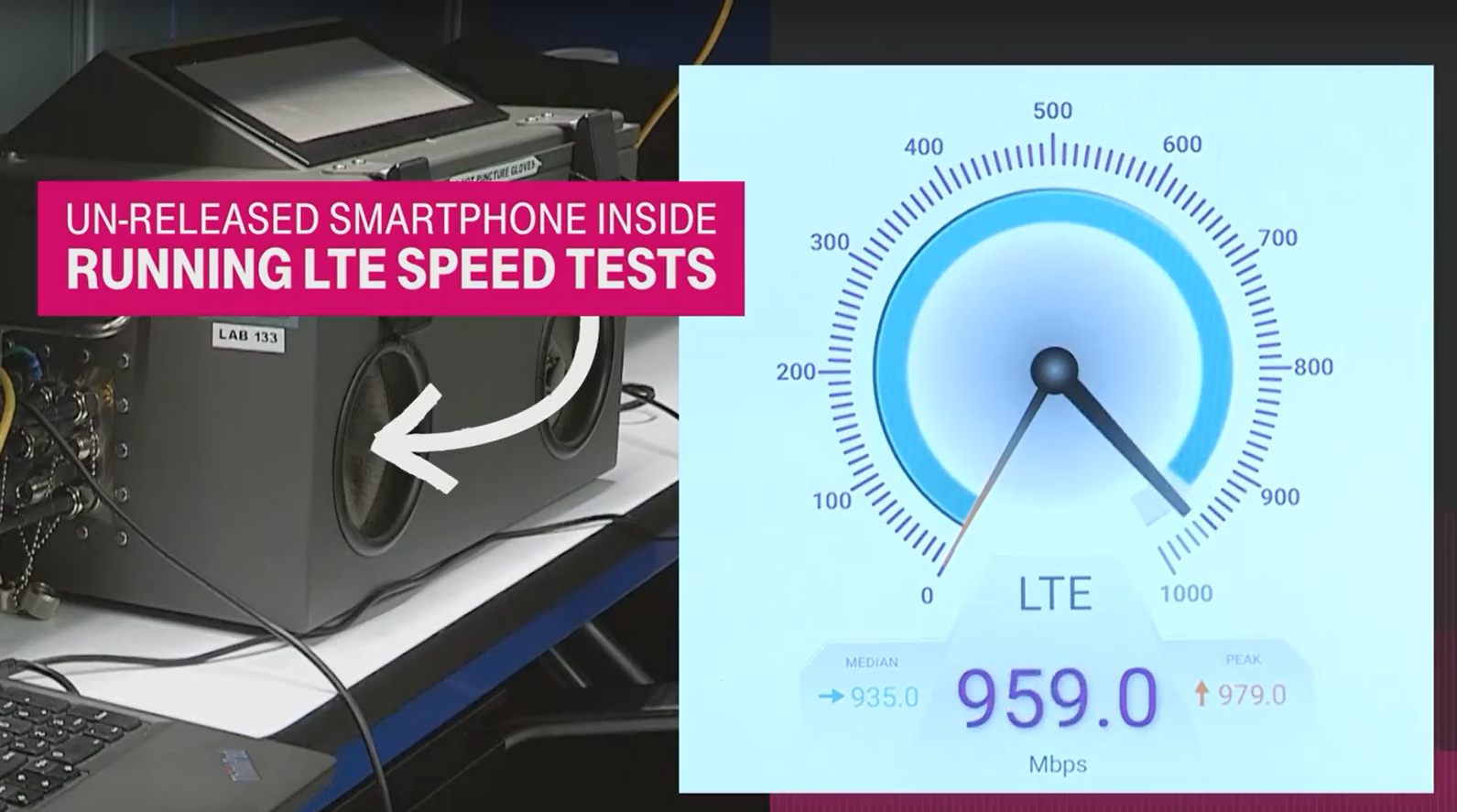
Screenshot credit: TMobile via YouTube
Nokia on Wednesday shed a little more light on T-Mobile’s recent near-gigabit LTE achievement, filling in some blanks left in T-Mobile CTO Neville Ray’s previous announcement.
Last week, Ray dropped news that the Un-carrier hit nearly 1 Gbps on LTE during tests at its Bellevue, Wash., lab. But other than noting a max speed of 979 mbps and the fact that the test utilized three-carrier aggregation, 4×4 MIMO, and 256-QAM, Ray was mum on the details of the trial.
At CES this week, though, Nokia added some color, announcing it partnered with T-Mobile on the test using its 4.5G Pro technology. Nokia also reported Bands 2 and 66 were used for the three-carrier aggregation, and noted its commercial LTE eNodeB was part of the test equipment.
“We are committed to supporting T-Mobile with our latest technology innovations, and working alongside them to show what the future of mobile communications can be for their Un-carrier customers,” Head of Nokia North America Ricky Corker said. “With this demonstration, we are preparing the T-Mobile network to launch the highest speeds possible.”
Introduced back in September, Nokia’s 4.5G Pro (as well as its 4.9G) solution is meant to provide the means for an incremental approach to 5G. At the time, Nokia said 4.5G Pro would offer “major increases in LTE capacity, coverage, and speed where and when they are needed.” Rather than one giant leap from 4G to 5G with a gulf in between, Nokia said the tiered improvements of 4.5G Pro and 4.9G will help prevent the network experience from falling off a cliff when users move outside 5G coverage areas.
Nokia’s 4.5G Pro technology, which the company said delivers up to five carrier aggregation, peak speeds of up to 1 Gbps, and latency of around 10 milliseconds, became available in the fourth quarter of 2016. So it makes sense that T-Mobile is using it. What will be interesting to watch – aside from T-Mobile’s presumed commercial implementation of 4.5G Pro – will be whether or not the Un-carrier decides to stay on the Nokia train for 4.9G.
That technology, which is expected to offer six-channel or more carrier aggregation on licensed and unlicensed bands, peak speeds “well above” 1 Gbps, and latency below 10 milliseconds, will become available in the fourth quarter of 2017, Nokia said.

